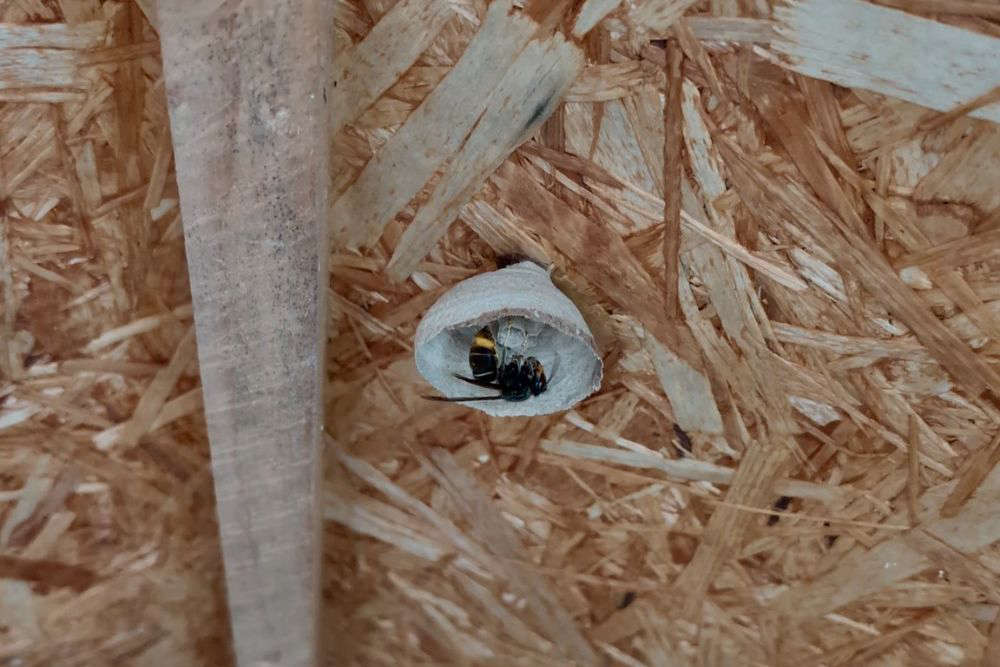
The number of Asian hornet queens found in Jersey so far this year is more than ten times the total recorded by this time last spring.
As the tally of the bee-killing invasive insects detected continues to climb, we're all being urged to 'look up' and check for nests.
As of last weekend, Jersey had already surpassed the total number of queens hornets reported in 2023, which is often referred to as a 'surge year'.
By 19 April, 476 has been counted. Two years ago, that figure wasn't reached until mid-July - much later in the season.
On the same date last year, only 43 queens had been reported.
Sightings are still soaring, and haves since well-exceeded the 500 mark.
John De Carteret, who runs the 'Jersey Asian Hornet Group', says these numbers are 'unprecedented'.
"The stats this year are exceptionally high to say the least. As of 24 April, we have reports of 610 queen hornets and 26 embryo nests, which is the actual queen creating a small nest. Those numbers are growing by the day."
"We have never had this many. The highest number we have ever had of queens was 476 in 2023. Last year it was only 260, so these numbers are unprecedented and they are also extremely early in the season.
"I personally am hopefully it is because our volunteers are so effective at catching them. We have traps up across the island - currently around 450. Some traps are catching two or three queens a day."
The government, alongside JAHG volunteers, monitors numbers and records and tracks the reports to keep the Asian hornet population as low as possible for as long as possible.
"They are very vulnerable at the moment, because it is just the queen.
"The issue of not finding the nest now is that in about three or four weeks time worker hornets will start to emerge, and then as we go into mid/late summer the nests that then come from that, called a secondary nest, can contain 2,500-3,000 hornets.
"It is a huge win-win for us if we can just catch a single insect now."
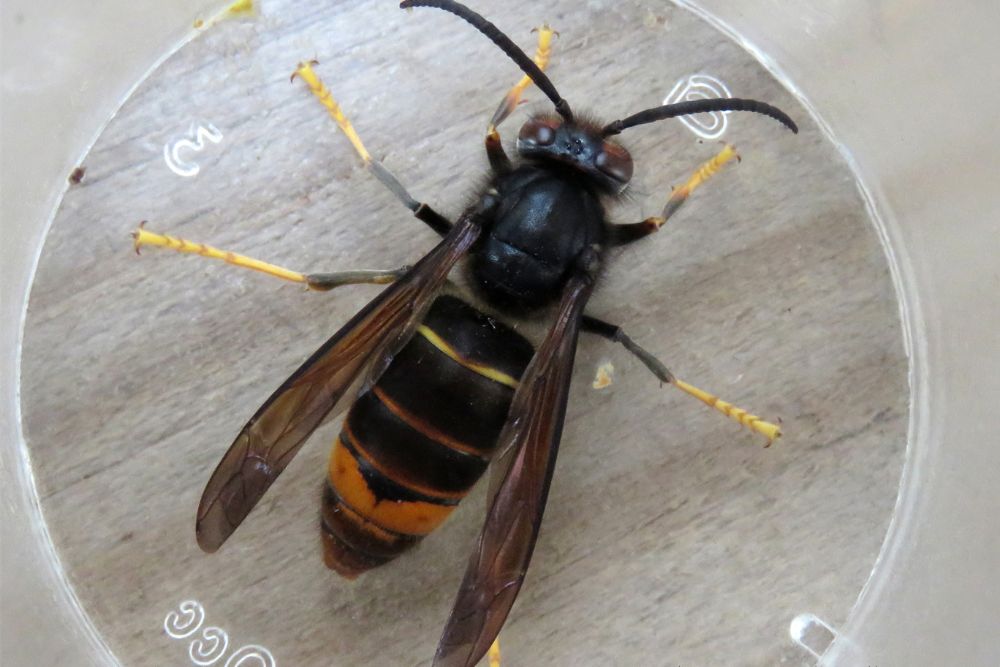 Hornet-hunters want islanders to look for nests, and be able to identify if they belong to an Asian hornet queen.
Hornet-hunters want islanders to look for nests, and be able to identify if they belong to an Asian hornet queen.
Islanders are being urged to check for the early (primary or embryo) nests.
"Go and look in any sheds, garages, outhouses, any eaves of houses, and look up. The nests at the moment at all in man-made structures, they are normally above head height and they look like a little piece of paper basically.
"What we would ask for next is that people look and see the insect. Broadly speaking, if the insect is black and yellow it is likely to be a wasp. If the insect is black and orange, it is more likely to be an Asian hornet and they should report that to asianhornet@gov.je."
Embyro nests
A queen will build an embryo nest from scratch, usually in sheds, and lay eggs in 'cells' inside the structure.
The eggs mature into larvae as the queen continues to build the circular outer shell, building more cells and lays more and more eggs.
It takes around 50 days for these first eggs to transform into adult worker Hornets.
The Primary nest will grow as the numbers increase. Workers will aggressively defend the next, making it trickier to deal with.
It is important to report any Asian hornet queens and/ or nests to asianhornet@gov.je, so queens can they can be traced to the main colony, and the nest or embryo nest can be destroyed.
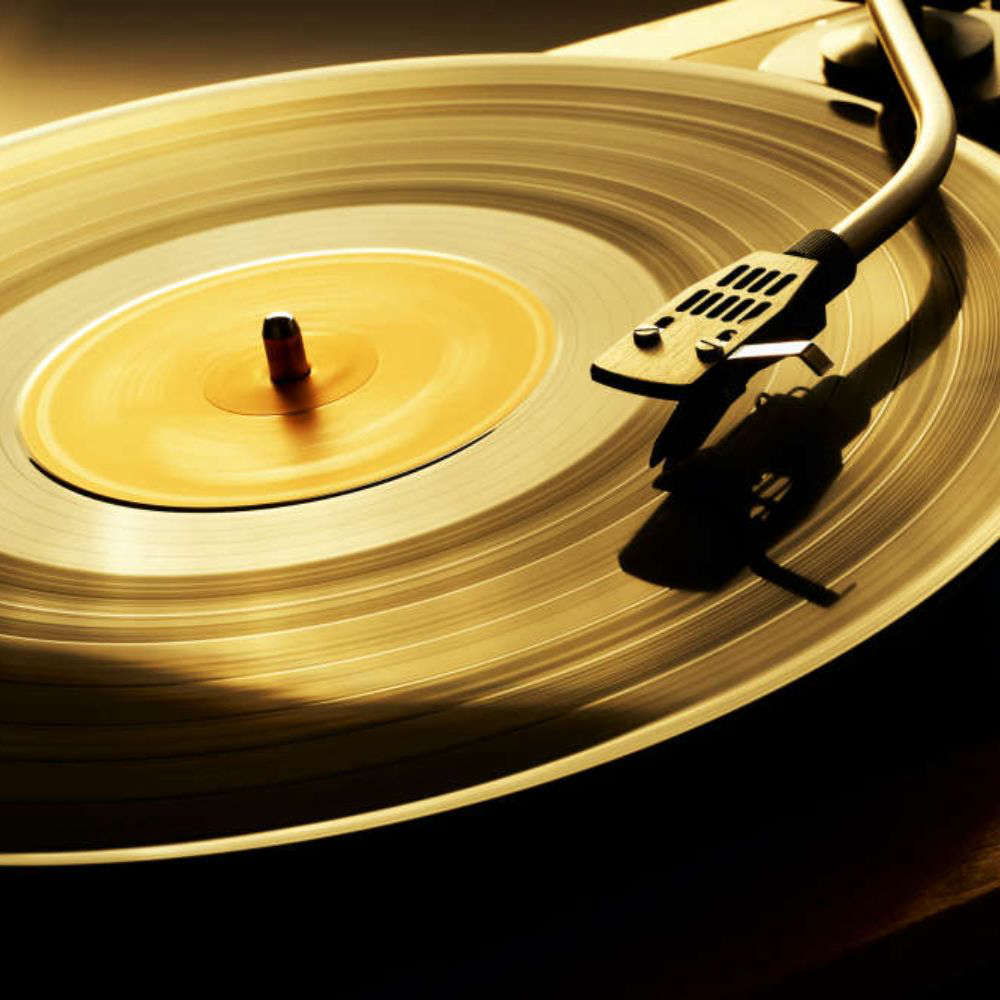

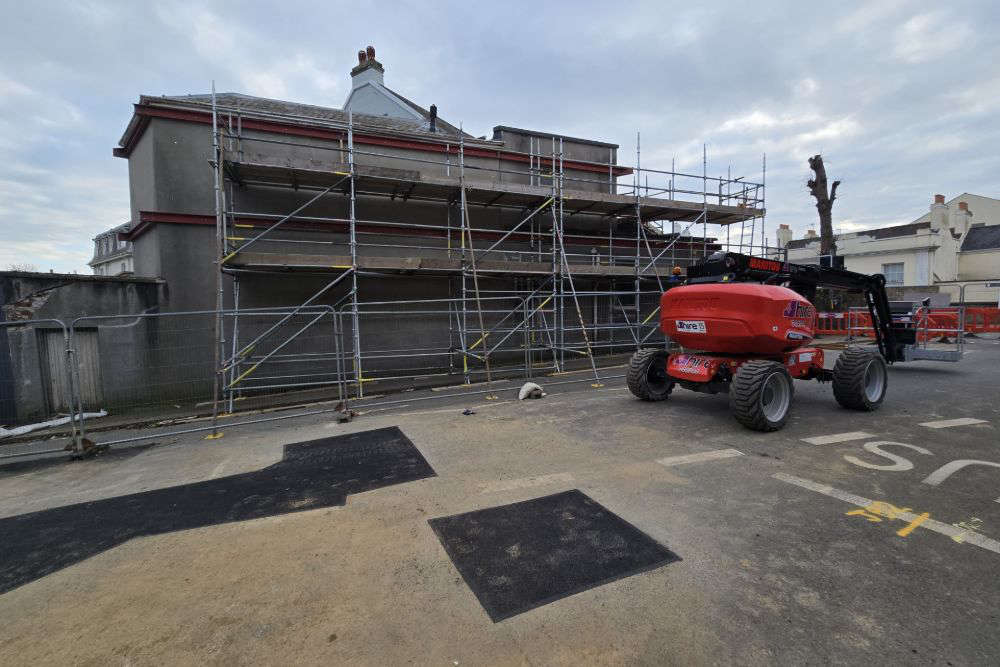 Still no date for Rouge Bouillon reopening
Still no date for Rouge Bouillon reopening
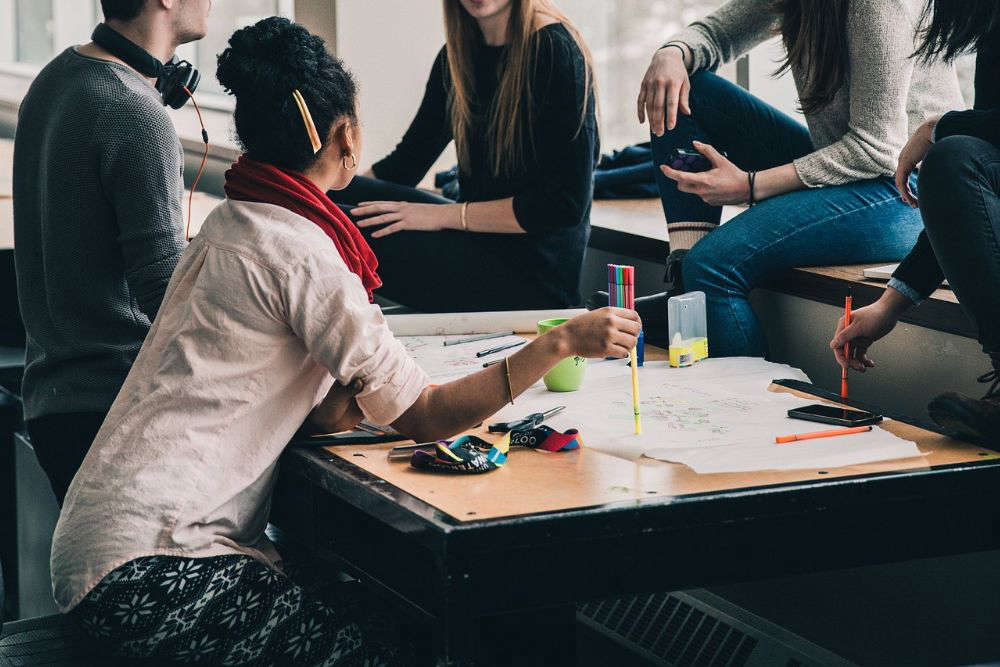 New-look Youth Assembly hopes to attract more teens
New-look Youth Assembly hopes to attract more teens
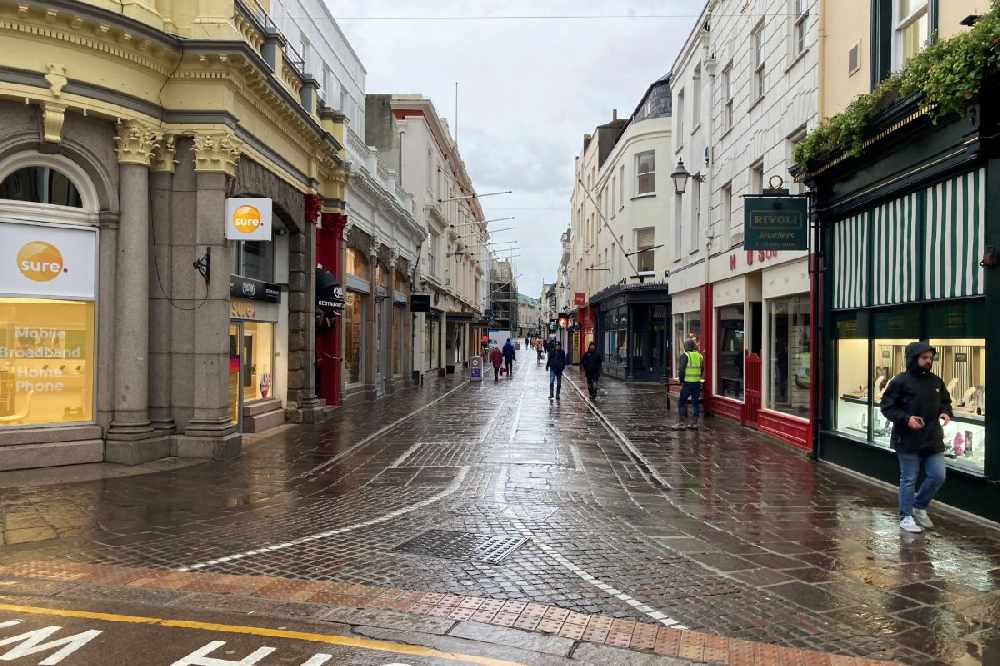 Man accused of assaulting young girl twice on St Helier's high street
Man accused of assaulting young girl twice on St Helier's high street
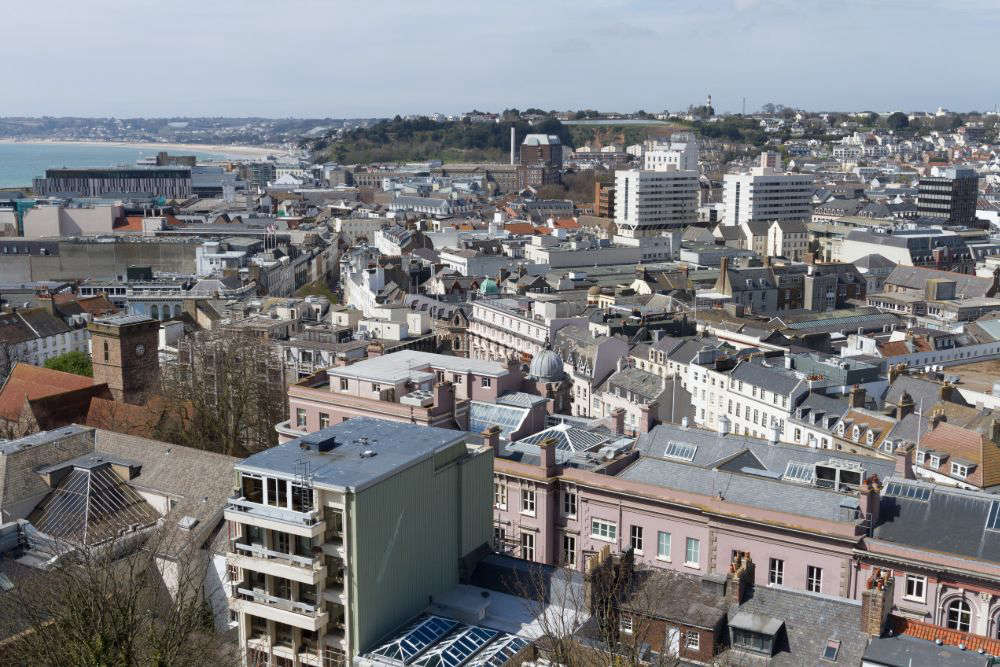 Tenant experiences needed to inform changes to renting laws
Tenant experiences needed to inform changes to renting laws
 Organ donors to be recognised with public memorial
Organ donors to be recognised with public memorial
 Support for Lily McGarry grows with 'wear orange' gathering in Liberation Square
Support for Lily McGarry grows with 'wear orange' gathering in Liberation Square
 Robert MacRae to be Jersey's next Bailiff
Robert MacRae to be Jersey's next Bailiff
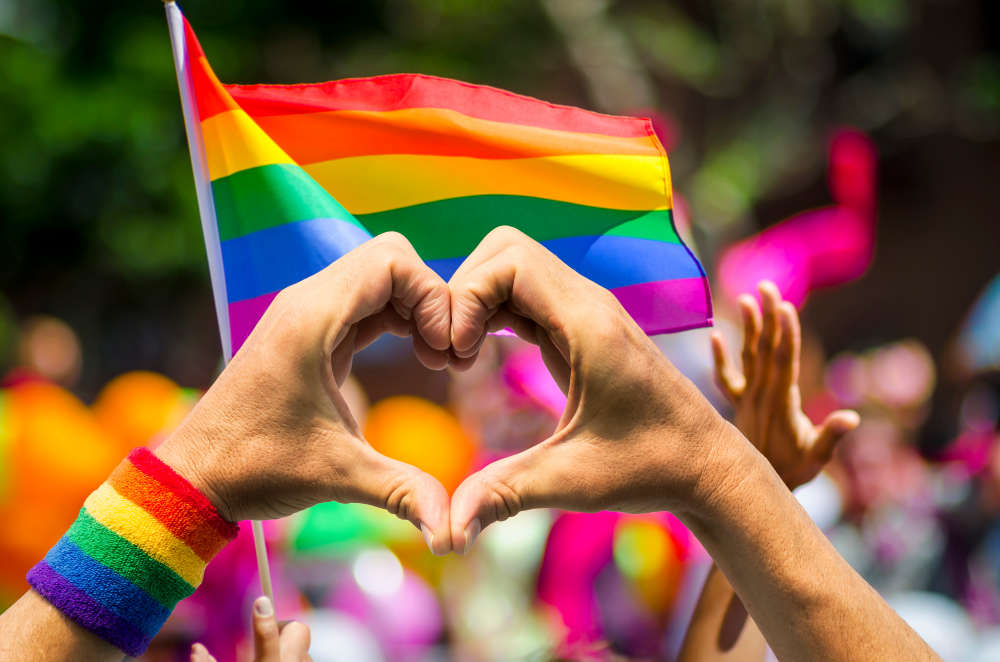 Summer solstice date for this year's CI Pride
Summer solstice date for this year's CI Pride





